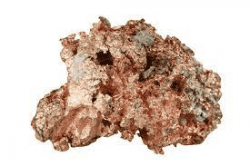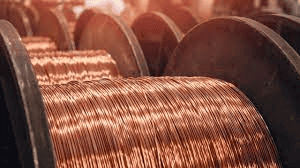Copper is a non-metallic mineral having atomic number 27 and symbol Cu. The density of copper is 9.032. The atomic symbol of copper is Cu. Many non-metallic elements have oxygen atoms in their outer shell but lack the electrons and hence cannot be classified as metal. Some of the other elements having this property are lead, sulfur, bromine, selenium, iodine, manganese, selenium, zinc, tin, lead, aluminum, beryllium and rutin.

It was believed that copper had been discovered by accident. People found copper at a temperature of 2.5 degrees below normal and hence it was given the scientific name of corundum. However, some people opined that the temperature should not have been high because the metal would not have got an oxidation point. Another theory regarding its discovery is that the element Cu was created in a big accident; therefore there was a great need for this element and it was used to synthesize copper.

Though many metals are found in nature and are known to us in their pure form, yet we rarely use such metals in our day-to-day life and only utilize these metals in a composite way in order to obtain certain properties or for other purposes. The use of copper as a metal has given rise to a new era of metals which are used as an alloy to produce different alloys like steel, aluminium etc. Metals like steel, aluminium and copper can be alloyed to obtain a broad range of properties like toughness, durability, resistivity, electrical conductivity, thermal conductivity which makes them perfect for shaping using Tapping Machines like the ones from Cotswold Machinery Sales.
Copper is one of the most extensively used metals in the manufacturing industry and is also used as an alloy in the electronics and power generation industries. Hence we can say that copper possesses a key role in both the fields of science and industry.

